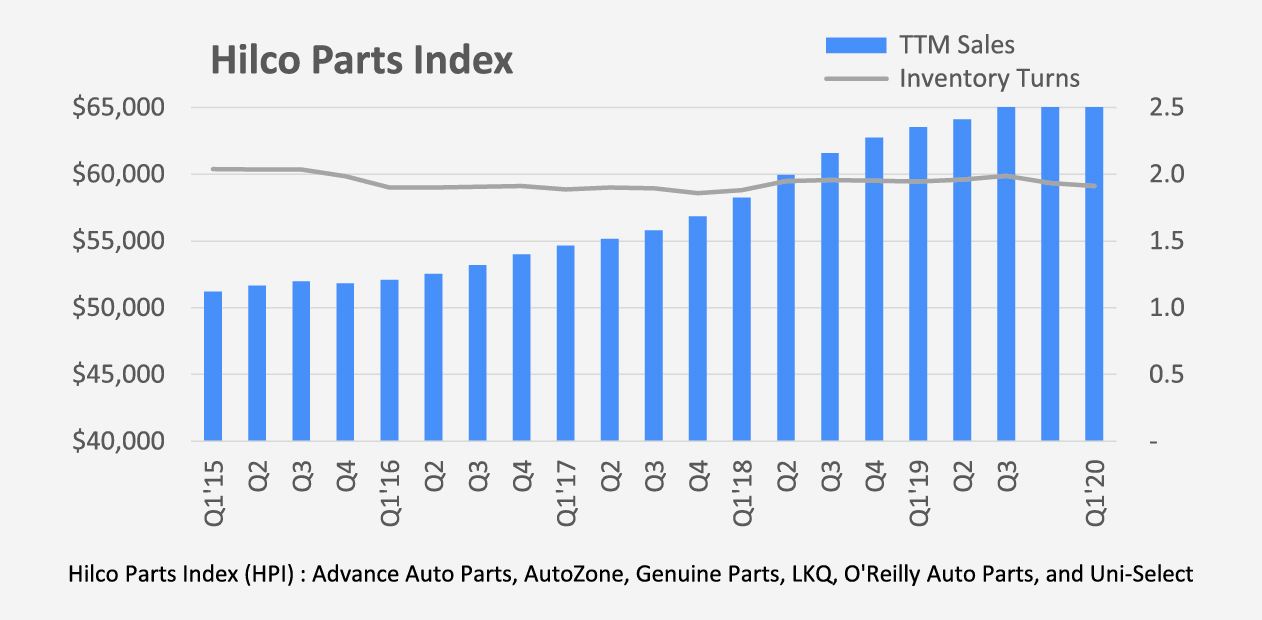The U.S. Seasonally Adjusted Annual Rate of Vehicle Sales Succumbs to COVID-19

In early March, as the threat to our domestic economy from COVID-19 was measured in terms of the potential impact on our supply chain, the mood in the automotive industry continued to be generally optimistic, and for good reason. Through February, the seasonally adjusted annual rate (SAAR) for the United States light-duty new vehicle market continued to flirt with the 17 million vehicle level. Moreover, at 3.58 million vehicles, inventory levels at the end of February were among the lowest in over a year and the equivalent of a 68-day supply.

As we all know too well, when the “shelter-in-place” orders began to be issued in mid-March in response to COVID-19, showroom traffic slowed to a trickle, unemployment claims skyrocketed, and vehicle sales plummeted. The SAAR fell to 11.4 million vehicles in March, the lowest level since April 2010 when the industry was recovering from the Great Recession. Despite the 38% drop in sales during March, vehicle inventory increased by less than 50,000 vehicles. However, because of the decrease in sales demand, similar month-end inventory now represents a 94-day supply. The ideal inventory level for the automotive industry is considered 60 days.
Original equipment manufacturers (OEMs) were encouraging their dealers to accept their allocation of vehicles, albeit drastically reduced because of production shut-downs. At the end of March, Ed Sheehy, president of Southeast Toyota Distributors, was telling dealers “I implore you to accept everything you have earned, because the day will come in the not-too-distant future when you will want every one of these vehicles, and more.” He added “Do not let shortsighted manipulation of your pipeline completely kill your chance to participate fully in the rebound.”
No doubt, there has been some pent-up demand building during the past month that will support demand when the market re-opens. However, 22 million Americans have filed for unemployment in the four weeks ended April 11th, an amount equivalent to nearly all the job gains since the Great Recession. The National Automobile Dealers Association, which had been forecasting 2020 sales at 16.8 million vehicles, is now calling for sales of between 13 million and 13.5 million. ALG Inc., a provider of industry data analytics, now believes sales of 12.5 million vehicles is the most likely scenario for 2020, recovering to 15.5 million by 2022. Restarting the vehicle assembly plants and the people they employ are critical to the economy. As this occurs, however, let us hope that the OEMs avoid the temptation to oversupply the market in an effort to generate cash, only to rely on profit-draining incentives to manufacture demand.





